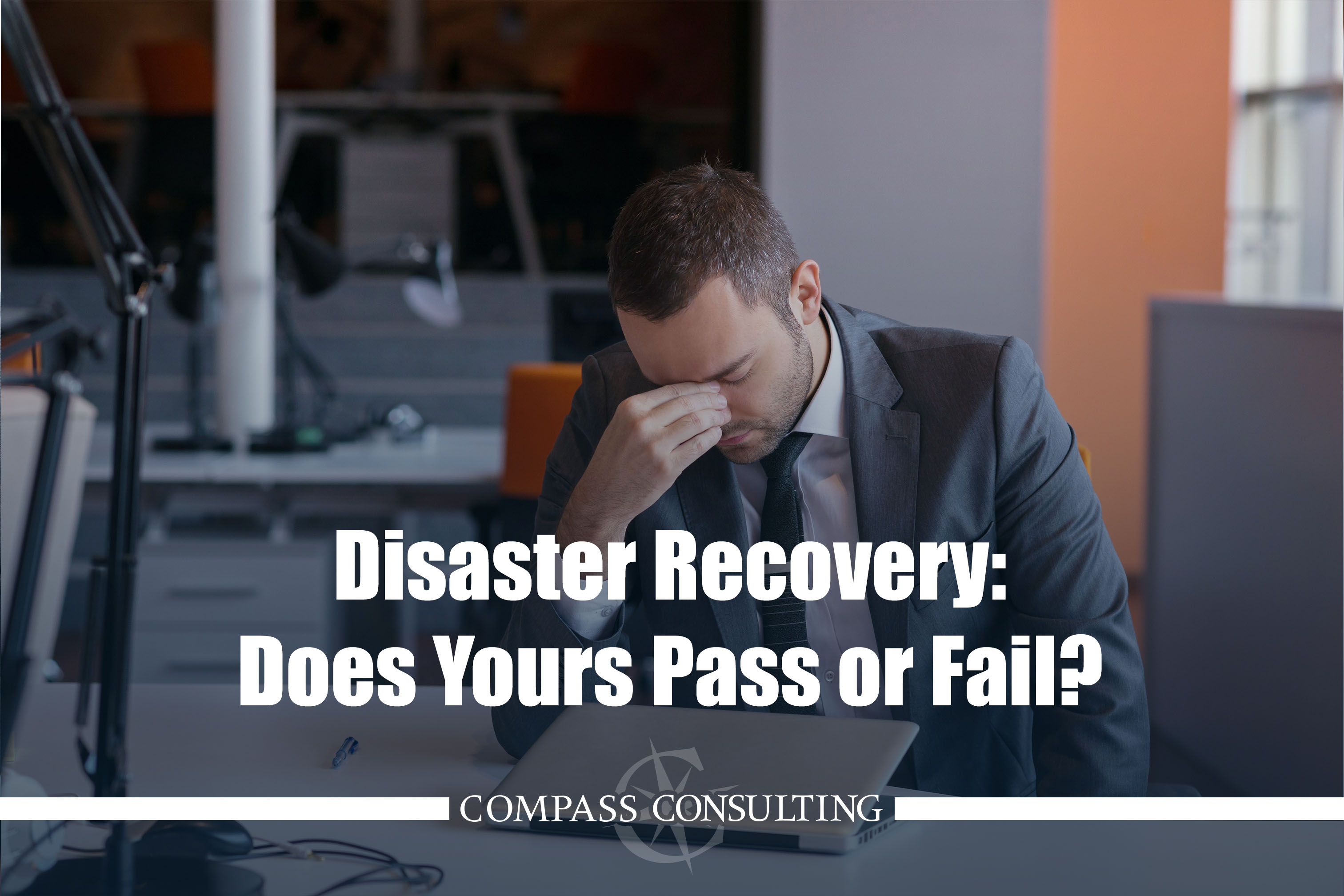Simply having a Disaster Recover (DR) Plan in place may not be enough to protect your business from looming disasters. Disasters are unpredictable, and waiting to test them in the midst of a real disaster spells, well, DISASTER. If your Disaster Recovery Plan has not been reviewed and tested you may be in for a rude awakening. A faulty plan is no plan at all. There are many ways to test a DR Plan, and below we’ve listed five primary test methodologies.
Five Types of Disaster Recovery Tests:
- Paper Test – Participants will read and make annotations to the disaster recovery plan.
- Walkthrough Test – User groups will walk through the disaster recovery plan to note any issues and appropriate changes necessary.
- Simulation – User groups will be faced with a simulated disaster and determine if the disaster recovery plan’s processes are functioning properly.
- Parallel Test – In line with production systems, the recovery systems are tested to determine if they can handle real business transactions to support key business processes.
- Cutover Test – The recovery systems are moved into a live production scenario to handle all business processes.
DR Plan Testing Frequency
The aforementioned testing scenarios are important. Equally so is the frequency in which they are performed. Deciding on the frequency may be dependent on what systems are affected and the effect of downtime on the success of your operations. Testing your DR Plan with in-house staff can open gaps and critical failure points, but you may also consider reaching out to a third-party company that has industry experience with DR Plan development and testing.
If you haven’t prepared for the test, you should not be surprised at the outcome. Let Compass Consulting help you prepare your business for the biggest test it may never face.
We want to provide value and welcome your questions. Please Contact Us to discuss your current IT situation and future needs.













